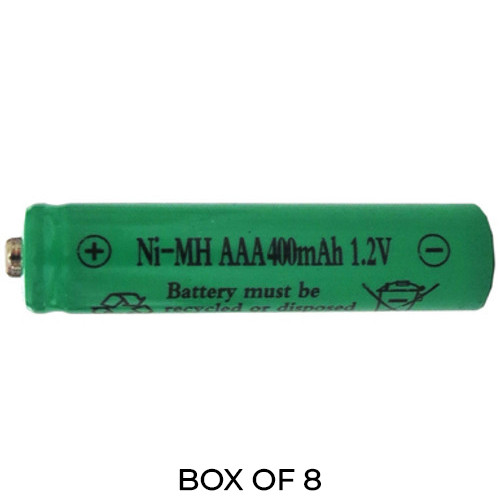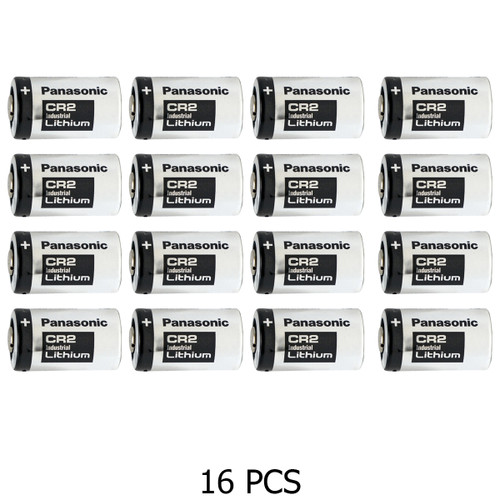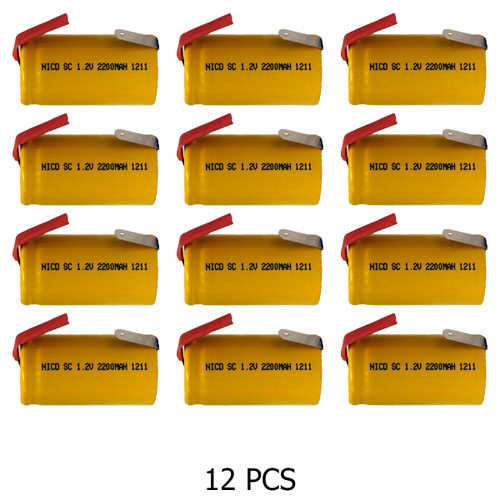Add to Cart
The item has been added
WinPow
MSRP:
Was:
$30.19
Now:
$25.99
As low as:
Add to Cart
The item has been added
Power Portable
MSRP:
Was:
$20.69
Now:
$13.99
As low as:
Add to Cart
The item has been added
Panasonic
MSRP:
Was:
$39.69
Now:
$35.99
As low as:
Add to Cart
The item has been added
Power Portable
MSRP:
Was:
$51.09
Now:
$36.99
As low as:
-
Add to Cart
The item has been added
WinPow
MSRP:
Was:
$30.19
Now:
$25.99
As low as:
-
Add to Cart
The item has been added
Power Portable
MSRP:
Was:
$20.69
Now:
$13.99
As low as:
-
Add to Cart
The item has been added
Panasonic
MSRP:
Was:
$39.69
Now:
$35.99
As low as:
-
Add to Cart
The item has been added
Power Portable
MSRP:
Was:
$51.09
Now:
$36.99
As low as:
Most Popular Products
New Products








